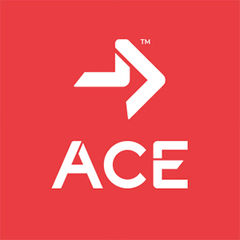|
Key Takeaways Introducing My Physical Activity Plate, an evidence-based, yet user-friendly graphic to help the general public make sense of exercise recommendations:
Check out the ACE Mover Academy Course Bundle. |
 |
Avery D. Faigenbaum, EdD, is a Full Professor in the Department of Kinesiology and Health Sciences at The College of New Jersey. His research interests focus on pediatric exercise, resistance training and long-term athletic development. He has co-authored numerous scientific articles, dozens of book chapters and 10 books, including Essentials of Youth Fitness. He is a Fellow of the American College of Sports Medicine, the National Academy of Kinesiology and the National Strength and Conditioning Association. Dr. Faigenbaum was awarded the Boyd Epley Lifetime Achievement Award from the National Strength and Conditioning Association for his enduring contributions to improving the health, fitness and performance of children and adolescents through innovative practices and scientific discoveries. |
Earlier this year, in an article entitled From Hierarchy to Harmony: Transforming the Activity Pyramid into My Physical Activity Plate, Avery D. Faigenbaum, PhD, FACSM, a member of the ACE Scientific Advisory Panel, and his coauthors introduced an evidence-based, yet user-friendly tool for the general public to more easily understand the benefits of various types of physical activity.
The transition from Pyramid to Plate mirrors the updates made in the nutrition space, from the Food Guide Pyramid to the MyPlate graphic used in recent editions of the Dietary Guidelines for Americans.
Physical Activity Pyramid
Let’s review the original Physical Activity Pyramid, which was first introduced in the late 1990s, so that we can better understand what Dr. Faigenbaum and his colleagues are envisioning in their update.
The base of the Pyramid includes everyday activities, like walking, climbing stairs and doing yard work. Level 2 involves aerobic and recreational activities, including running, dancing and playing soccer or basketball. Level 3 features leisure and recreational activity, such as golf and bowling, as well as strengthening and stretching activities like yoga and lifting weights. Finally, the top of the pyramid pictures those sedentary activities you should do rarely, such as watching TV or playing video games.
My Physical Activity Plate
Because of troubling trends in physical inactivity and noncommunicable disease rates, the authors state that “there is an urgent need to redesign the Activity Pyramid and refine activity recommendations.”
Their goal in creating My Physical Activity Plate was to provide a tool that “recognizes the foundational utility of unstructured physical activity; emphasizes the shared importance of strength, aerobic, mobility, and stability activities; and makes public health messaging more actionable.”
The idea behind the redesign, which you can see in the figure below, was to eliminate the hierarchical vision of the Pyramid and offer a more “harmonious approach” that helps people see the variety of options available and emphasizes behavior change. As the authors write, “Successful, sustainable changes to physical activity behavior involve creating habits, overcoming barriers, and building self-confidence.”
 Reprinted with permission from Wolters Kluwer Health, Inc.
Reprinted with permission from Wolters Kluwer Health, Inc.
"Unlike the Physical Activity Pyramid,” explains Dr. Faigenbaum, “My Physical Activity Plate offers a range of physical activities that accommodates diverse preferences, abilities and goals. Instead of telling people what to do, we should ask them what they like to do as part of their physical activity journey."
One of the key elements of the Plate is the emphasis on unstructured movement and the need to break up sedentary behavior with just a few minutes of movement. Any movement is better than none, which is why unstructured movement like taking the stairs or gardening can be considered a cornerstone for health promotion and a driver of overall public health.
That said, structured exercise provides a wide range of substantial health benefits and can be used to target specific fitness components, including mobility, stability, strength and aerobic capacity. It’s the combination of the two—unstructured movement and structured exercise—that offers optimal benefit.
Final Thoughts
“We need to rethink our approach of prescribing exercise with an inclusive framework that values the importance of strength, aerobic, mobility and stability activities,” says Dr. Faigenbaum.
The authors state that future guidelines should offer a more personalized approach based on age, occupation and health conditions, as well as individual interests, preferences and life circumstances.
Of course, that’s what exercise professionals do every day! So, share My Physical Activity Plate with your clients, along with the evidence that all movement counts and that a balanced approach that includes not only structured exercise, but also a generally more active lifestyle, is the best way to reach their health and fitness goals.
| To learn more about designing well-rounded exercise programs and inspiring clients to make meaningful behavior changes, check out the ACE Mover Academy Online – Course Bundle (worth 0.5 ACE CECs), which includes five courses: |
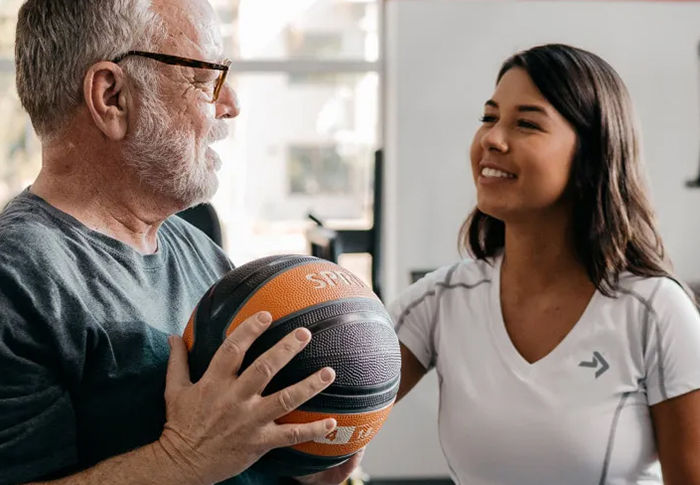
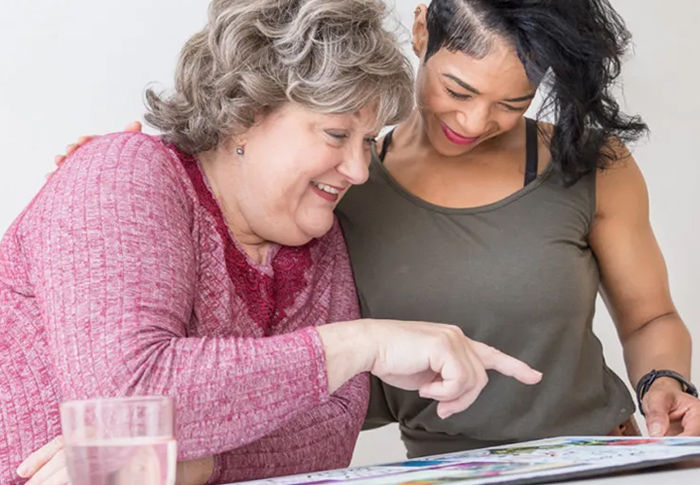
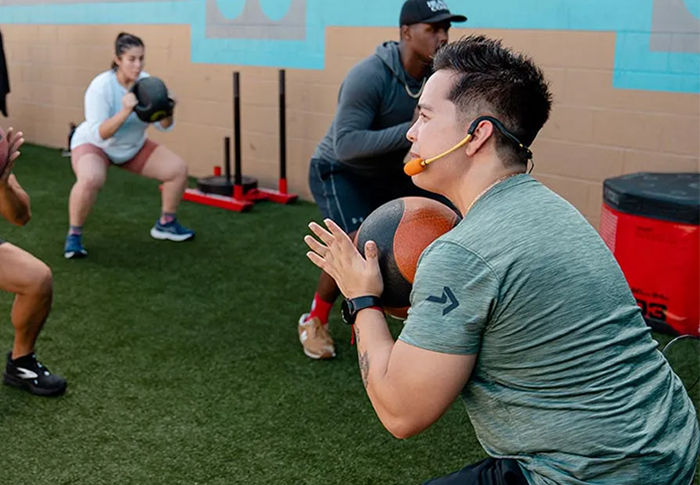
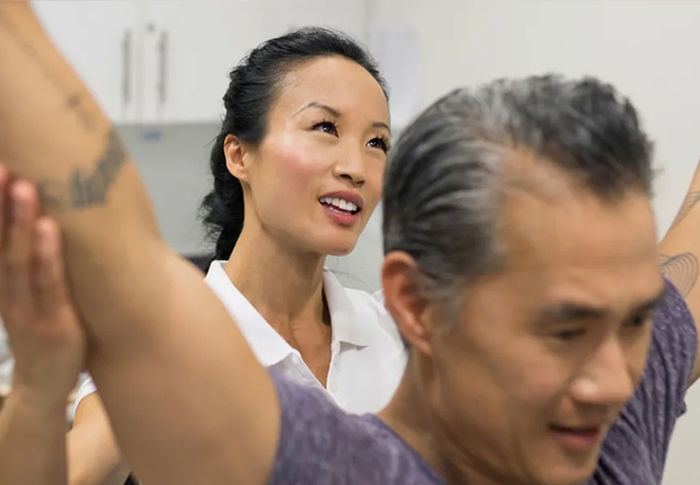
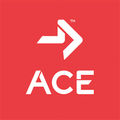 by
by 




